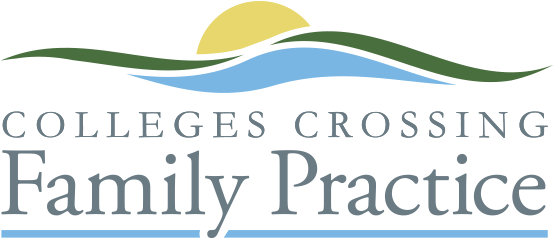Sometimes contact with fairly mundane household items can have devastating consequences for kids. Years ago when I was working on my own in an isolated emergency department I pulled a thin plastic bottle cap out of a blue infant’s throat. It must have happened in about the 3 seconds flat; so easily grabbed off the floor where an older sibling had dropped it. Luckily things ended well, apart from me (and no doubt her mother) losing some sleep with thoughts of what could have eventuated.
Here are some tips for protecting kids (in particular infants and toddlers) from harmful substances.
– The Poisons Information Centre can be contacted on 131 126. Seek help immediately if you have any concerns, you can ring it any time for advice.
– Kids will ingest anything and everything – if it is not 100% safe keep it locked up and away. Coins, batteries, magnets, detergents (especially detergent pods), toothpicks, plastic packaging, insecticides, the list goes on, and is only limited to what is within reach.
– Medications are one of the most common causes for poisoning in both adults and kids. Keep everything secure, and return unused medications to your GP or pharmacy for disposal rather than keeping a ‘medication graveyard’ in your bathroom cabinet.
– Some common pharmacy products can cause troubles – e.g. teething gels are best avoided in kids under 2 years old, and cough/cold remedies are not safe for kids under 6 years (and really don’t work for adults either!). Best check with your GP.
– Don’t allow kids to take herbal remedies or supplements. These are not regulated as medications in Australia, and can contain highly toxic substances.
– Aromatherapy oils, cleaning oils (including Eucalyptus), incense and pot pourri are all toxic, especially to children. Be careful where these are stored in the house.
– Honey (raw) can be poisonous to infants under 12 months and cause botulism.
– Don’t forget recreational toxins – alcohol, cigarette smoke and other drugs are more poisonous and carcinogenic for children, and ideally kids would have no contact with these at all.
Dr Cath Hester.
These articles are not intended to replace a one-to-one relationship with a qualified health professional or as specific medical advice. They are intended as a sharing of knowledge and information from experience and research in the scientific literature. I encourage you to make your own health care decisions based upon a partnership with a qualified health care professional.
